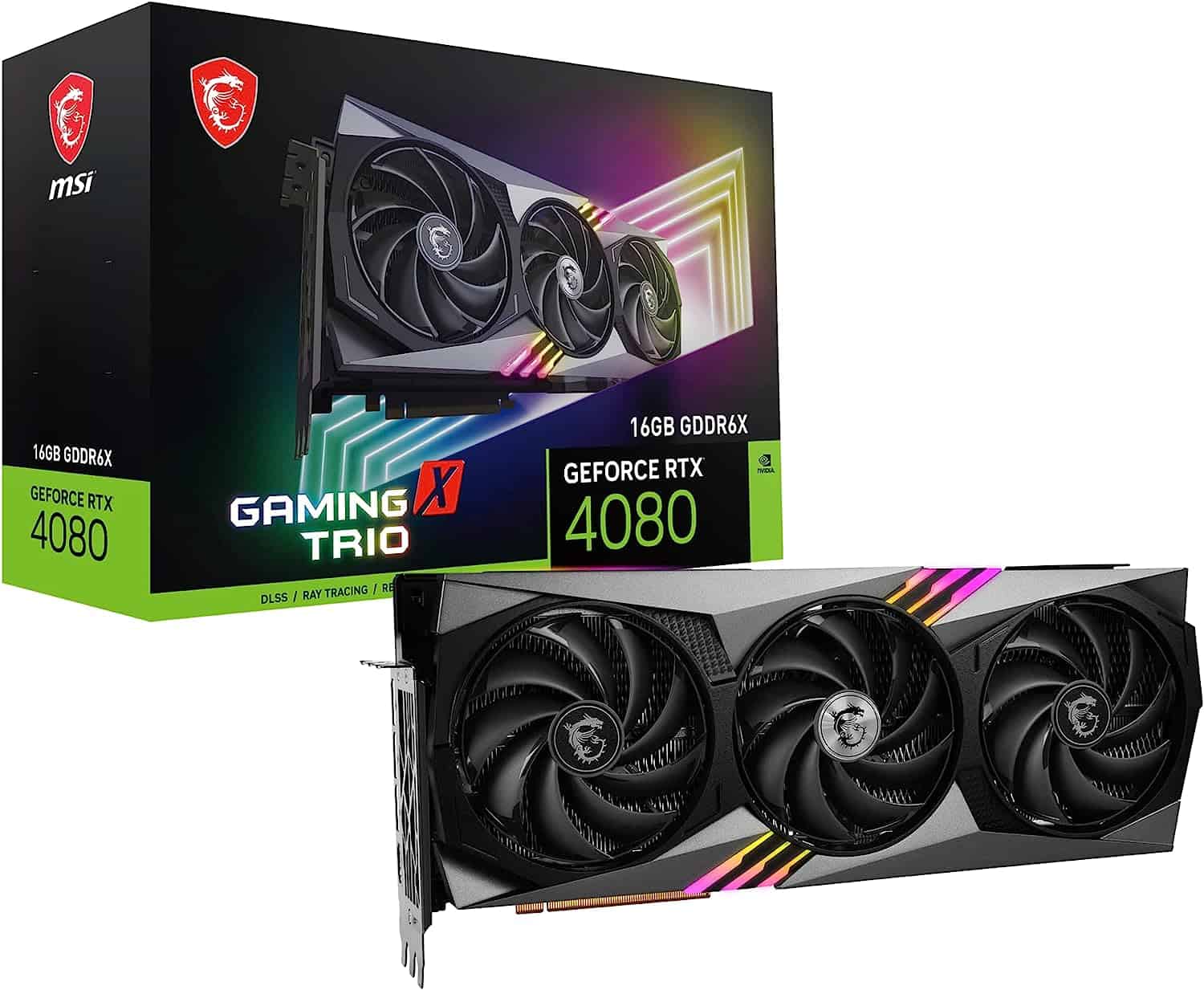
MSI Gaming GeForce RTX 4080
AMD is finally releasing that mid-range graphics card, but was it worth the long wait?
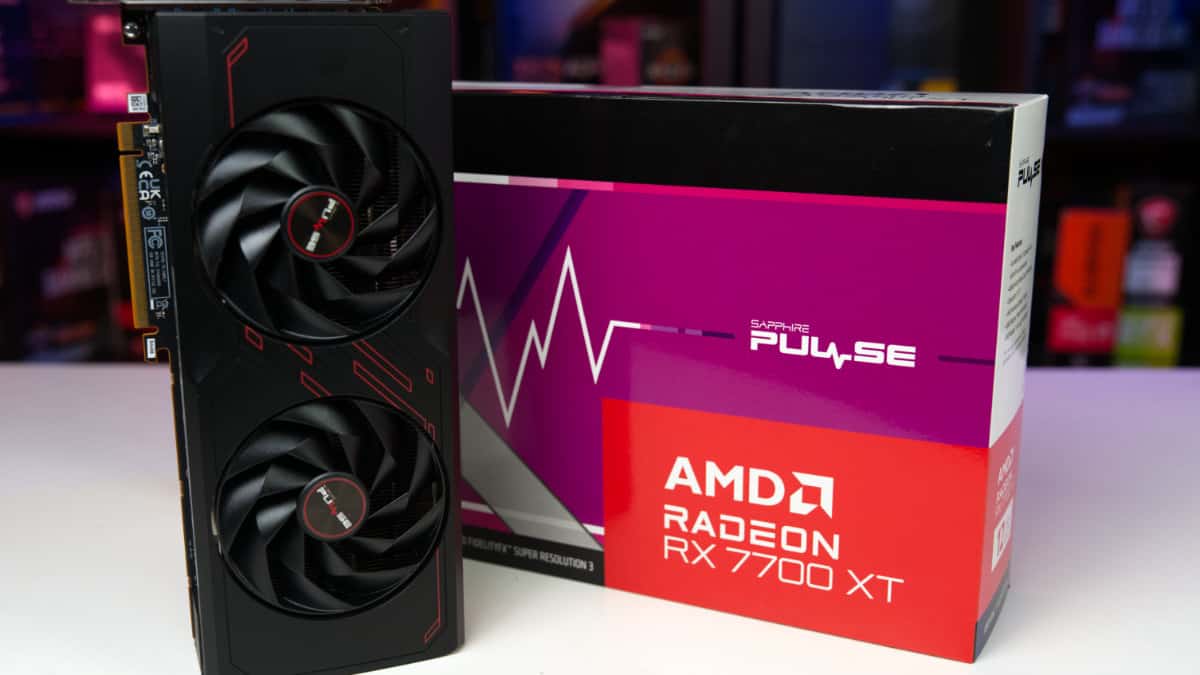
WePC is reader-supported. When you buy through links on our site, we may earn an affiliate commission. Prices subject to change. Learn more
The AMD Radeon RX 7700 XT is finally here, and it was certainly a long time coming, that’s for sure. AMD has launched its middle-range selections for the RDNA 3 range of graphics cards simultaneously: namely the Radeon RX 7700 XT and RX 7800 XT. With previous generations, these SKUs have arguably been the more popular choice of cards from the company, offering impeccable price to performance. Think of the RX 7700 XT as an Intel Core i5 or Ryzen 5 series equivalent but for AMD GPUs: perfect for gamers on a budget. As such, we have high expectations going into this, so let’s take a deep breath and dive into this new GPU, with our Sapphire Pulse AMD Radeon RX 7700 XT review.
Released alongside the RX 7800 XT, the Radeon lineup gets a bit more fleshed out in what it has to offer. On the first announcement of the 7 series, you could only find the top range cards, that being the AMD RX 7900 XTX or XT; then there was the low-end pick of the litter, the RX 7600, and that was it. This left a wide gap in the mid-to-top-range for consumer choice, which Nvidia promptly took advantage of. The RTX 4080, 4070 and 4070 Ti were the best of that bunch for that market, however, they also suffered from their own pricing and value scrutiny, alongside some teething issues with power delivery, with the former being in no small part due to a lack of competition from AMD. Fortunately, the RX 7700 XT is now available to buy, and with its sister card, there’s finally some competition in the mid-range once more.


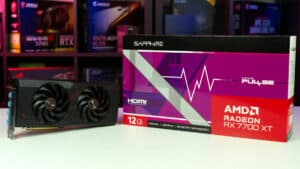
It’s been nine months since the AMD Radeon RX 7900 was released, and four months since the last card, the Radeon RX 7600. The RX 7700 XT is arguably a replacement for the most popular GPUs from AMD’s RDNA 2 generation product stack, the RX 6700 and RX 6800. This time though they’re bringing substantially more performance to the table, competing straight up with Nvidia’s own offerings.
Over the last few years, AMD has cemented itself as a good alternative to team green with its Radeon line-up of cards. Although Nvidia still has some of the best GPUs out there and retains the majority of the market share, its focus has seemingly shifted to its AI GPUs and the enterprise market, perhaps more so than AMD. This gives the Radeon brand a fantastic opportunity to solidify its position as the best graphics card choice for gaming moving forward, it just needs to shift those expectations and win over the trust of those users, enough to actually give them a go. The RX 7700 XT does a lot to encourage that. Sure it might not have the ray tracing or encoding capabilities that Nvidia has currently, but nonetheless it still provides exceptionally strong performance when gaming; in fact, they’re so competitive on that front now, that these new graphics cards could be the next best GPU to go for for the majority of gamers.
So pricing? Well the Radeon RX 7700 XT has an MSRP of $449/£429.99/€509.00, a refreshingly low price tag compared to some of the Nvidia GPUs that have come out at this higher tier. As it lines itself up against the RTX 4060 Ti 16GB, it undercuts its original launch price by just $50, (prior to Nvidia’s recent price cuts) and the RX 7700 XT’s promised performance is considerably higher by quite a margin. Meaning if it does deliver, the price to performance of the red GPU, should be much better than the 4060 Ti in the green corner, even beating some of the best RTX 4060 Ti models out there.
However, the RX 7700 XT is only $50 less than the AMD RX 7800 XT, which is launching with a price of $499/£479.99/€559.00 and is positioned to compete against the Nvidia RTX 4070, which is priced at $600 MSRP. This makes the RX 7800 quite close in performance to the RTX 4070, and by comparison, the Radeon RX 7700 XT is arguably a bit redundant because of it. However, if you are on a strict budget, and every $ counts, the RX 7700 XT might be the better option to go for, especially if it drops in price like the RX 7900 XT did further down the line as we’ve seen with plenty of other options from AMD in the past.
Core clock speed
1,900MHz, 2,171MHz Game, 2,544MHz max
Stream processors
3,456
Memory
12GB GDDR6
Dimensions
280 x 128.75 x 52.57 mm
PSU required
700W
TBP
245W
Memory Clock
18Gbps
Memory Bus
192-bit
Card Bus
PCIe 4.0 x16
Output
2x HDMI 2.1, 2x DisplayPort 2.1
Power connectors
2 x 8-pin
Sapphire has kept its RX 7700 XT design similar to the rest of its Pulse lineup. The concept is similar to what we saw in our Sapphire Pulse RX 6600 review, but not entirely the same – with some slight changes to keep it fresh for the newer RX 7700 XT design.
Starting on the twin fan side, you’ll find that updated aesthetic that the AMD Radeon RX 7000 series has become synonymous with, with more sharp styling instead of that smooth-flowing appearance of the last gen. The Sapphire Pulse RX 7700 XT also lacks any RGB, or grandiose color, other than those subtle red highlights AMD has leveraged throughout. What we do find however is an updated fan design, with an angular changing shape partially down the fan blades. Called the angular velocity fan blade, Sapphire claims it provides a double layer of downward air pressure on the outer ring, providing more overall pressure for quieter performance when the RX 7700 XT ramps up, particularly compared to previous designs.
The Sapphire Pulse RX 7700 XT overall has an impressively sturdy design, it certainly keeps the card rigid, but does so with minimal screws in place as well.
The backplate features that standard heart rate pulse design found on all of the Pulse series cards, and also doubles as an additional cooling solution, with cutouts towards the side opposite the PCIe slot to allow airflow to pass through it, as the cooler extends past the power connectors and PCB on that side.
The Sapphire Pulse RX 7700 XT overall has an impressively sturdy design, it certainly keeps the card rigid, but does so with minimal screws in place as well. This makes it much easier to disassemble, making it easy to take apart for maintenance or liquid-cooling upgrades later down the line. All in all, it’s a simple but well-thought-out look and GPU cooling solution to get you a great performing card.
Now what really matters is how the GPU actually performs, and the framerates you get from it. We tested our Sapphire Pulse RX 7700 XT alongside the AMD Ryzen 7 7700X, 32GB of DDR5 on the ROG Crosshair X670E Hero motherboard from Asus, with a 1000W power supply.
We tested the AMD Radeon RX 7700 XT in CS:GO, Cyberpunk 2077, Doom Eternal, AC Valhalla, Far Cry 6, Rainbow 6 Siege, Overwatch 2, and 3DMark, with a range of different engines and ray tracing capabilities, covering a variety of tasks to get a good look at what it can achieve. With the settings set to max and no upscaling (courtesy of AMD FSR 3.0), we see pure rasterization performance in these scenarios. Let’s look in depth as to what kind of performance we got from these games.
Assassins Creed Valhalla performs solidly even on the Ultra High settings. At 1080p the RX 7700 XT averages out 125FPS with the 99th percentile at 90. Upping that to 1440p you get 102 FPS on average with 76 on a 1% low. At 4K, although it might not be aimed at that market, it still gets a respectable 59 average FPS and 46 FPS at the 99th percentile. This means with some tweaking you can get pretty solid performance even at 3840×2160.
CSGO performs pretty much as you’d expect. With the CS2 release right around the corner, it might not be too relevant for much longer but you can get a whopping 568, 411, and 171 FPS average at 1080p, 1440p, and 4K with the RX 7700 XT respectively.
Cyberpunk 2077 gives us the first look at ray tracing. Even without max settings, performances average out at 122, 79, and 36 FPS respectively (for 1080p, 1440p, and 4K resolutions). However, the ‘psycho’ ray tracing preset punishes the 7700 XT’s performance as none of these resolutions become playable. Turning it down would be a reasonable choice but it may also improve with any potential upscaling available.
Doom Eternal gives us another look at ray tracing and this time it’s a bit less punishing as the game runs well in general. We see an average of 255 FPS at 1080p, 210 FPS at 1440p, and 94 FPS at 4K. Whilst turning on the beautiful ray traced lighting, it drops to only 170 FPS, 128 FPS, and 63 FPS respectively. Far Cry 6 is no surprise either with 153, 122, and 68 FPS.
With the last couple of games being Esports title we get more expected results: Overwatch 2 averages 260, 186, and 96. With Rainbow 6 Siege achieving 512, 361, and 184 FPS.
The AMD Radeon RX 7700 XT definitely hits the mark, certainly if you’re looking for a great GPU for 1440p gaming. Even at the highest settings, you can certainly achieve an easy 60 FPS across all of our titles, in fact, it’s often far far higher in many cases. Where it does fall behind, is as is expected, in the ray tracing department. Of course, it’s not an equal hit on performance and does depend on optimization and the game in question – Cyberpunk performance with ray tracing varies considerably with graphical settings and resolution compared to Doom Eternal, so the results vary between different games. Cyberpunk 2077 ray tracing is also notoriously intensive, and even Nvidia cards struggle with this task and in some other games, although AMD GPUs are undoubtedly hit harder.
The value you get is solid, although the 11% uptick in the price of the 7800 XT offering a potential 10-20% more performance does undermine the lower tier choice.
For the price and performance, the Radeon RX 7700 XT is definitely a great option. The value you get is solid, although considering the 7800 XT offers a potential 10-20% uptick in performance for an 11% increase in price, this does undermine this lower tier choice somewhat. Against all other cards, however, the Radeon RX 7700 XT is still a great pick.

MSI Gaming GeForce RTX 4080
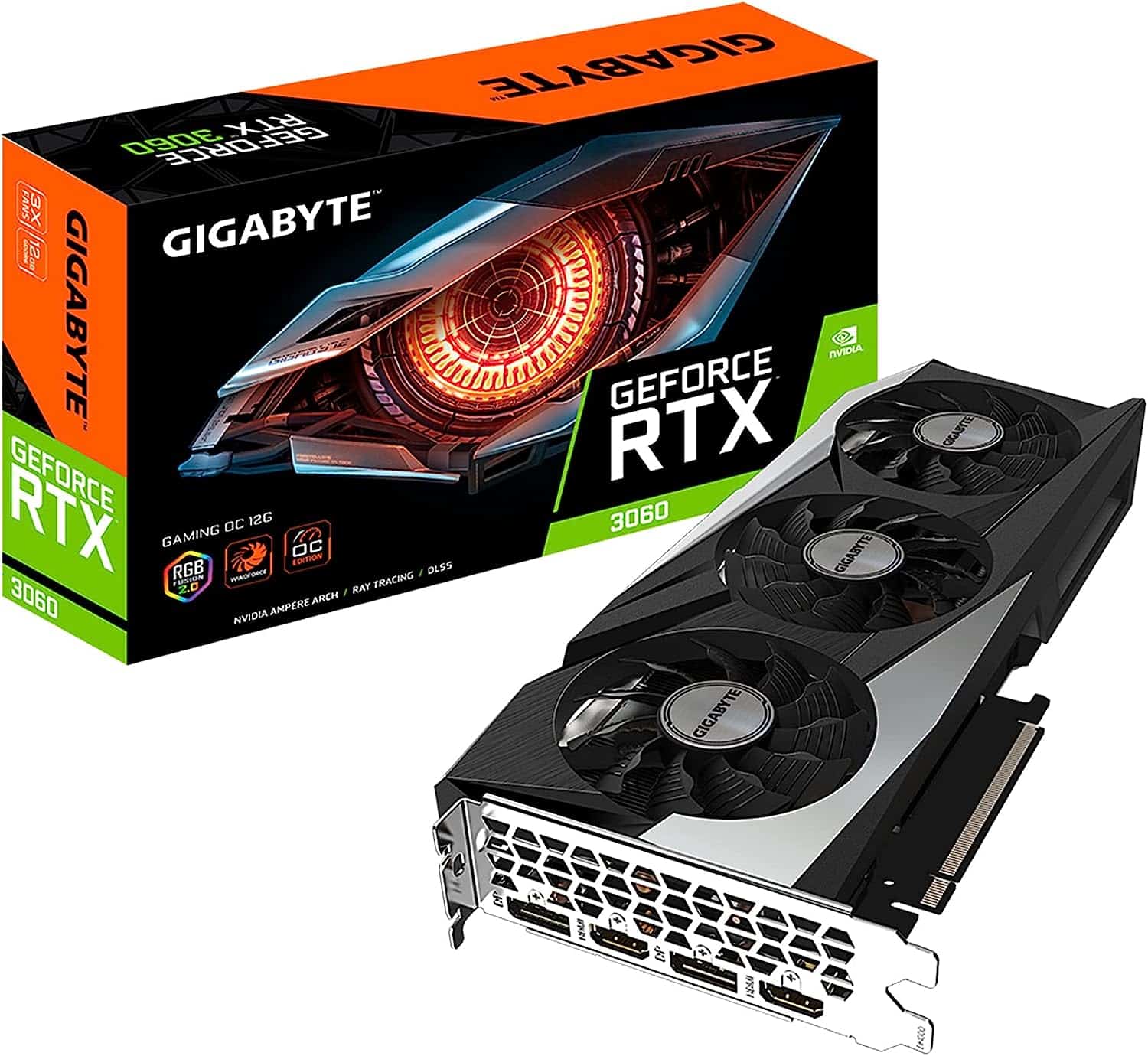
GIGABYTE GeForce RTX 3060 Gaming OC
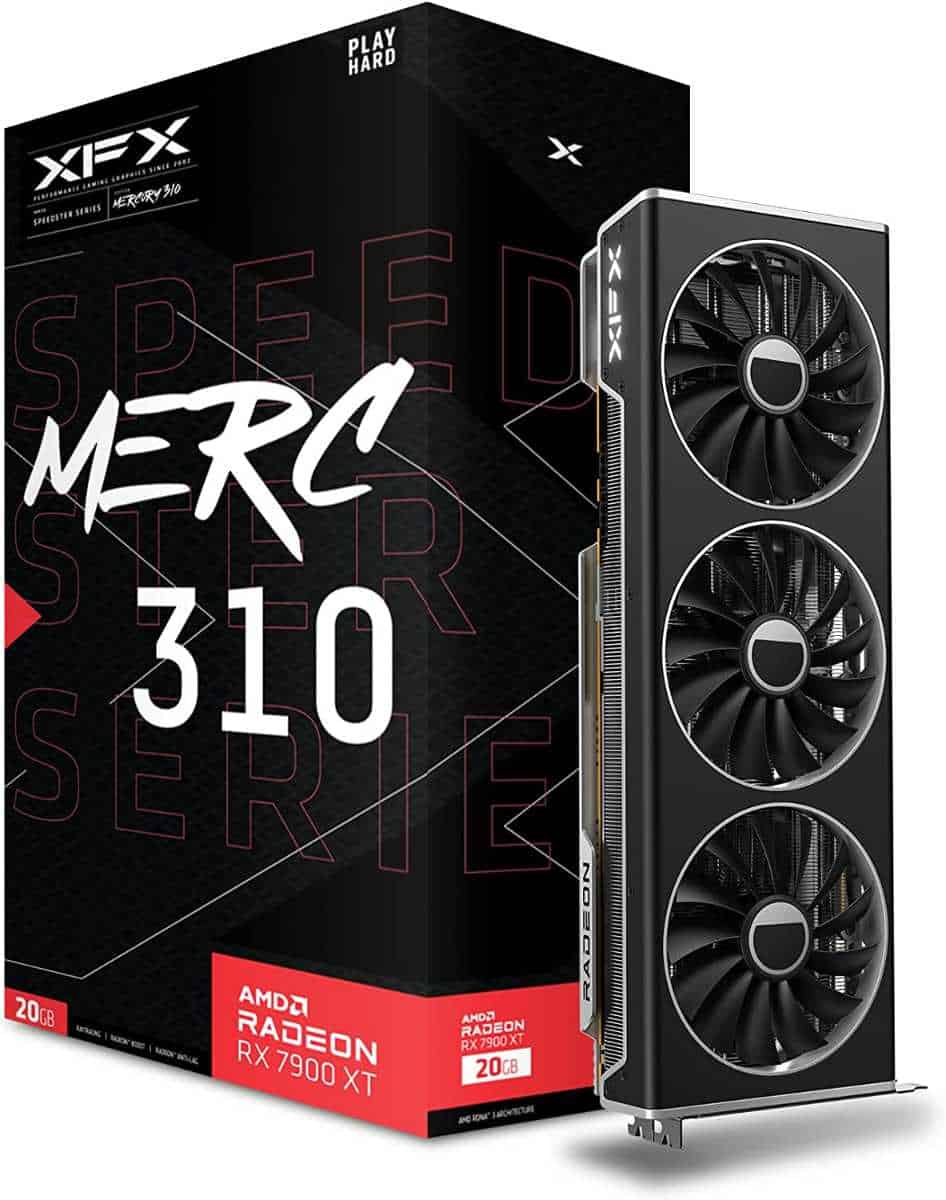
XFX Speedster MERC310 AMD Radeon RX 7900XTX Black Gaming Graphics Card
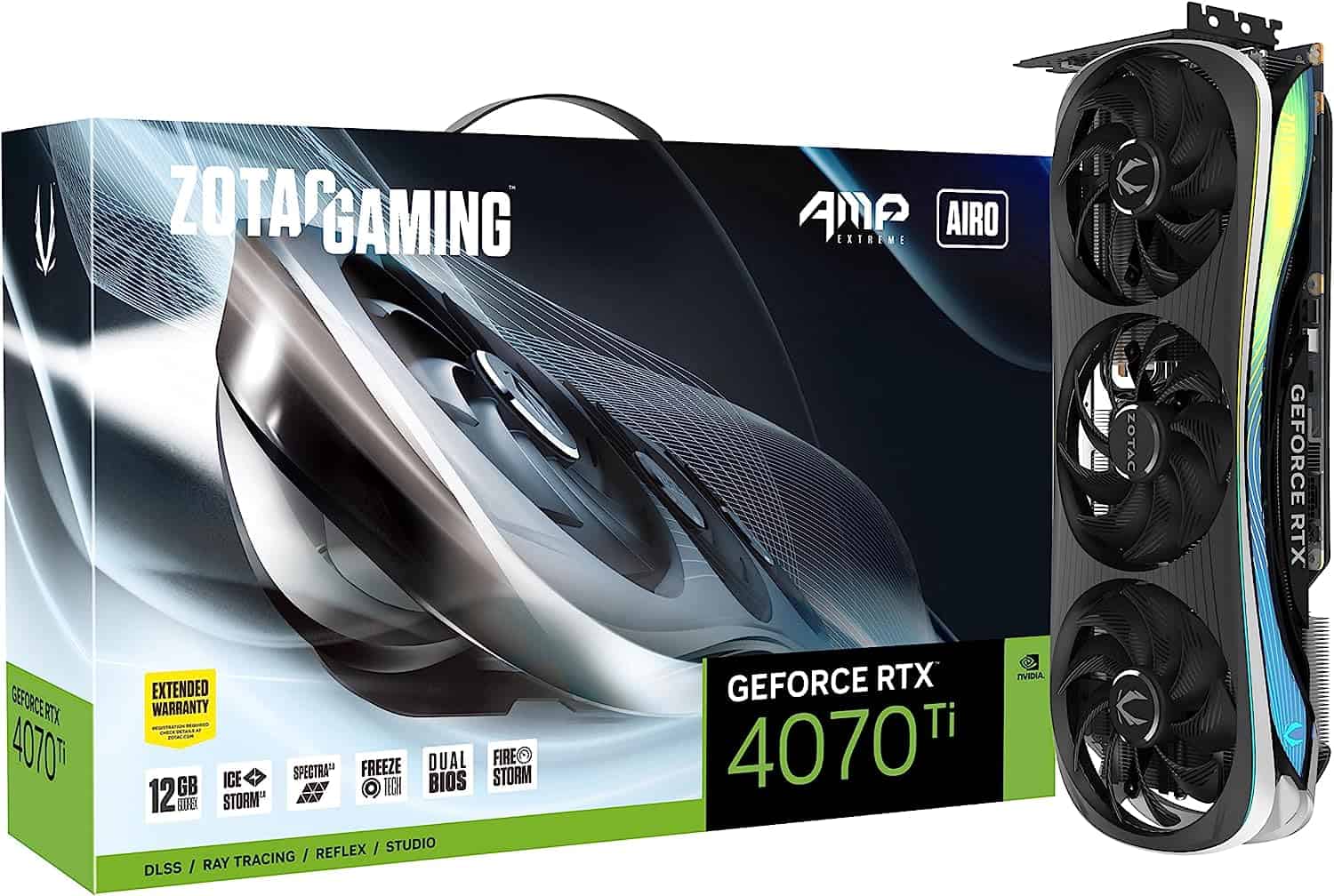
ZOTAC Gaming GeForce RTX 4070 Ti Trinity OC
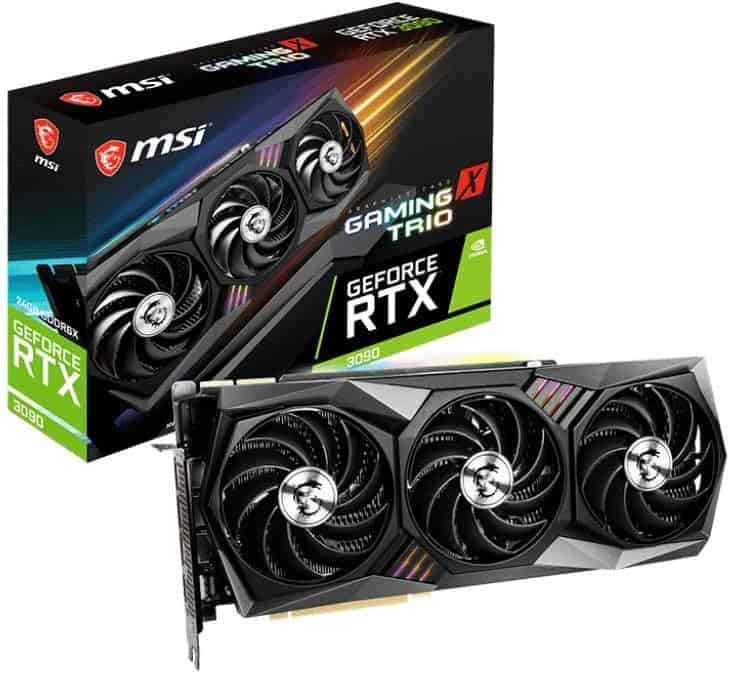
MSI Gaming GeForce RTX 3090
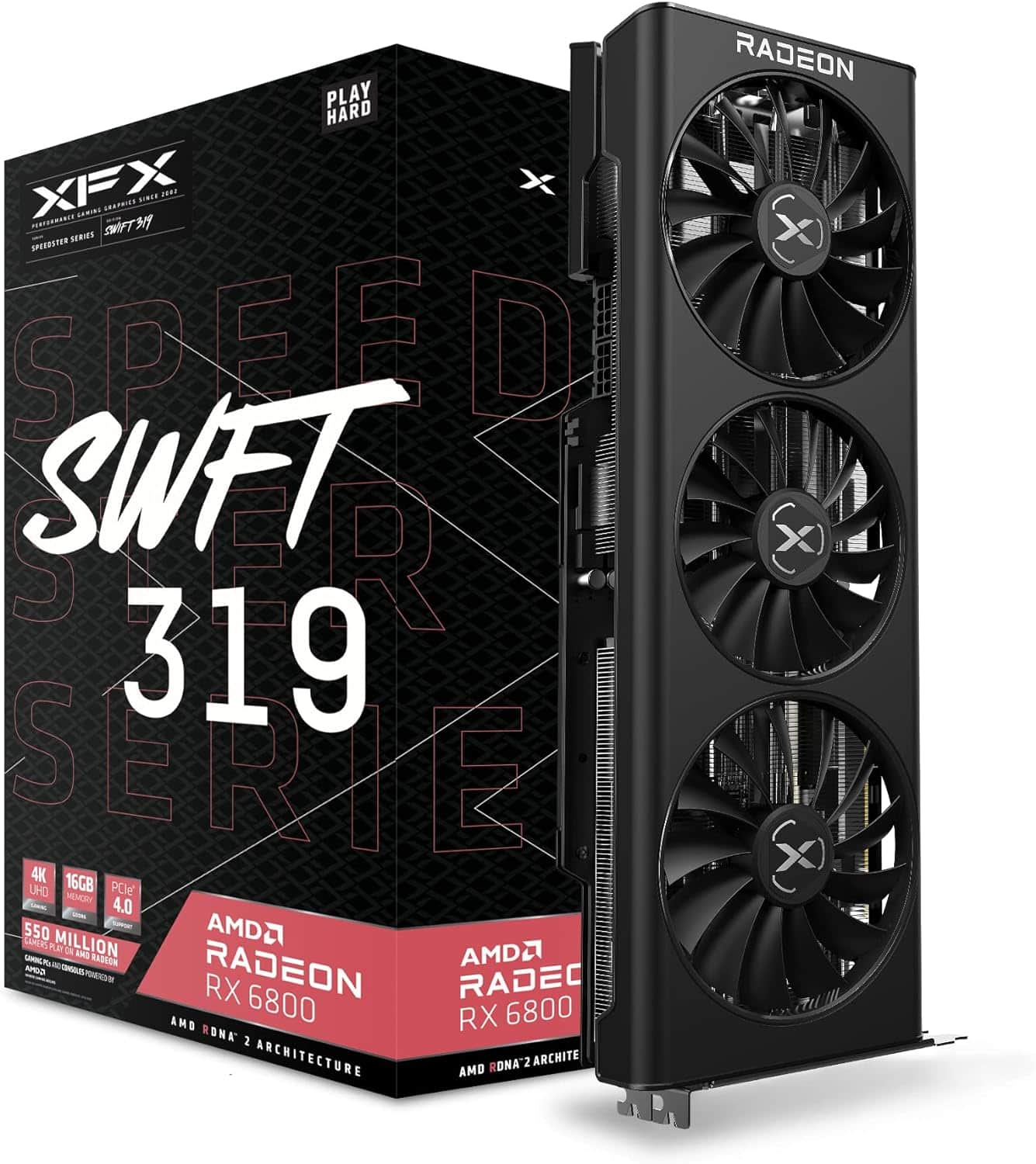
XFX Speedster SWFT319 Radeon RX 6800 Core Gaming Graphics Card
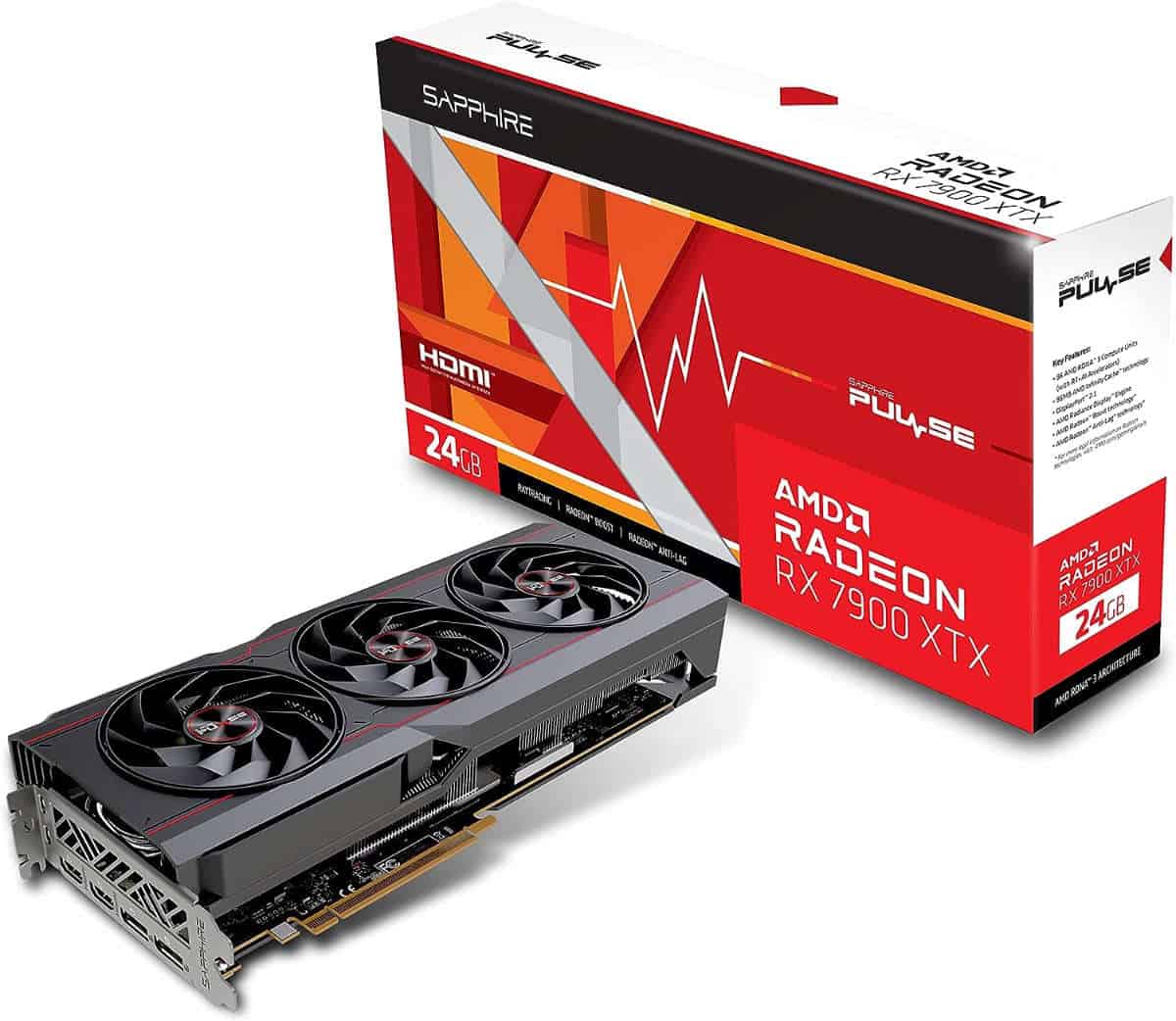
Sapphire Pulse AMD Radeon RX 7900 XTX
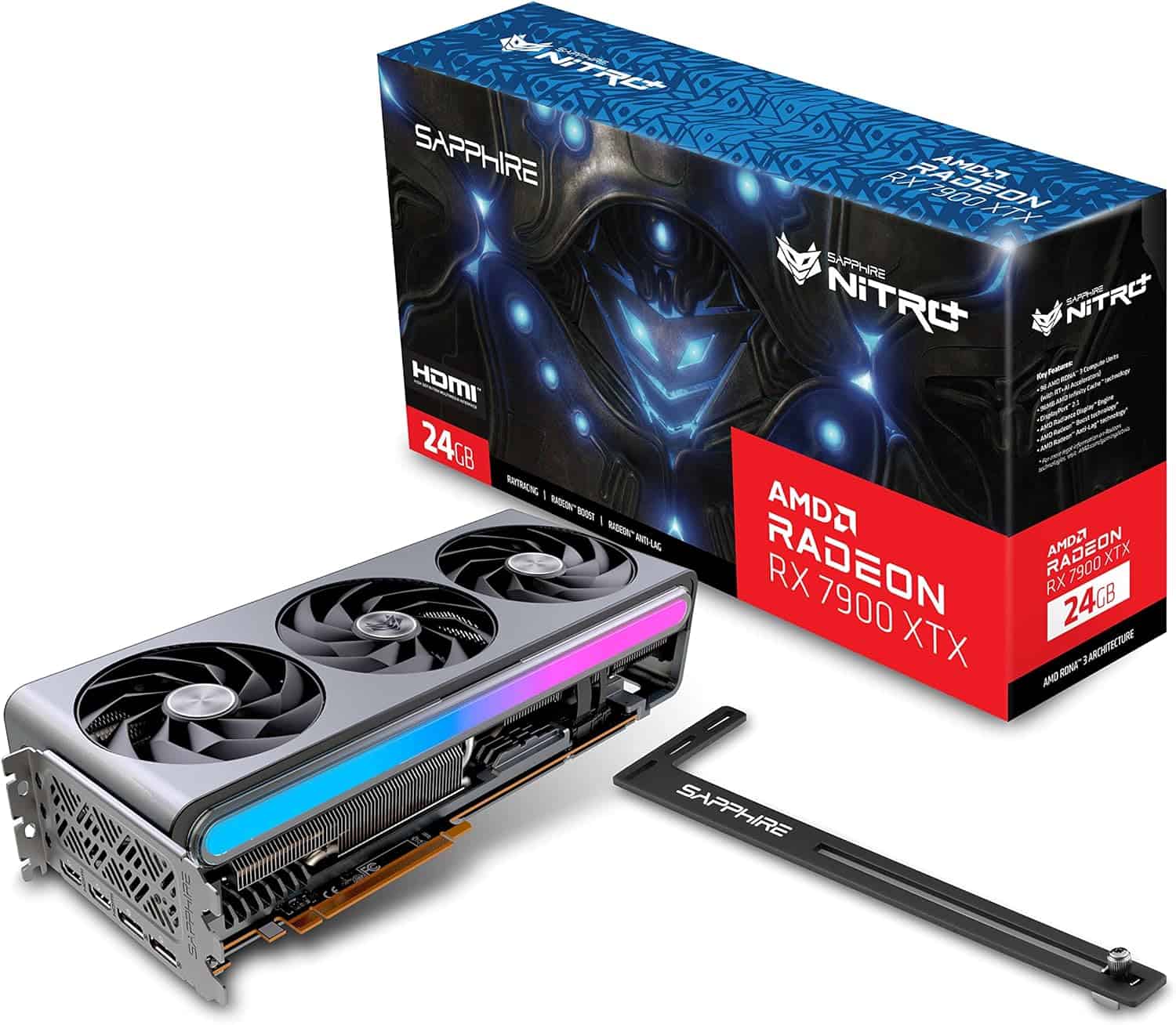
Sapphire Nitro+ AMD Radeon RX 7900 XTX Vapor-X Gaming Graphics Card
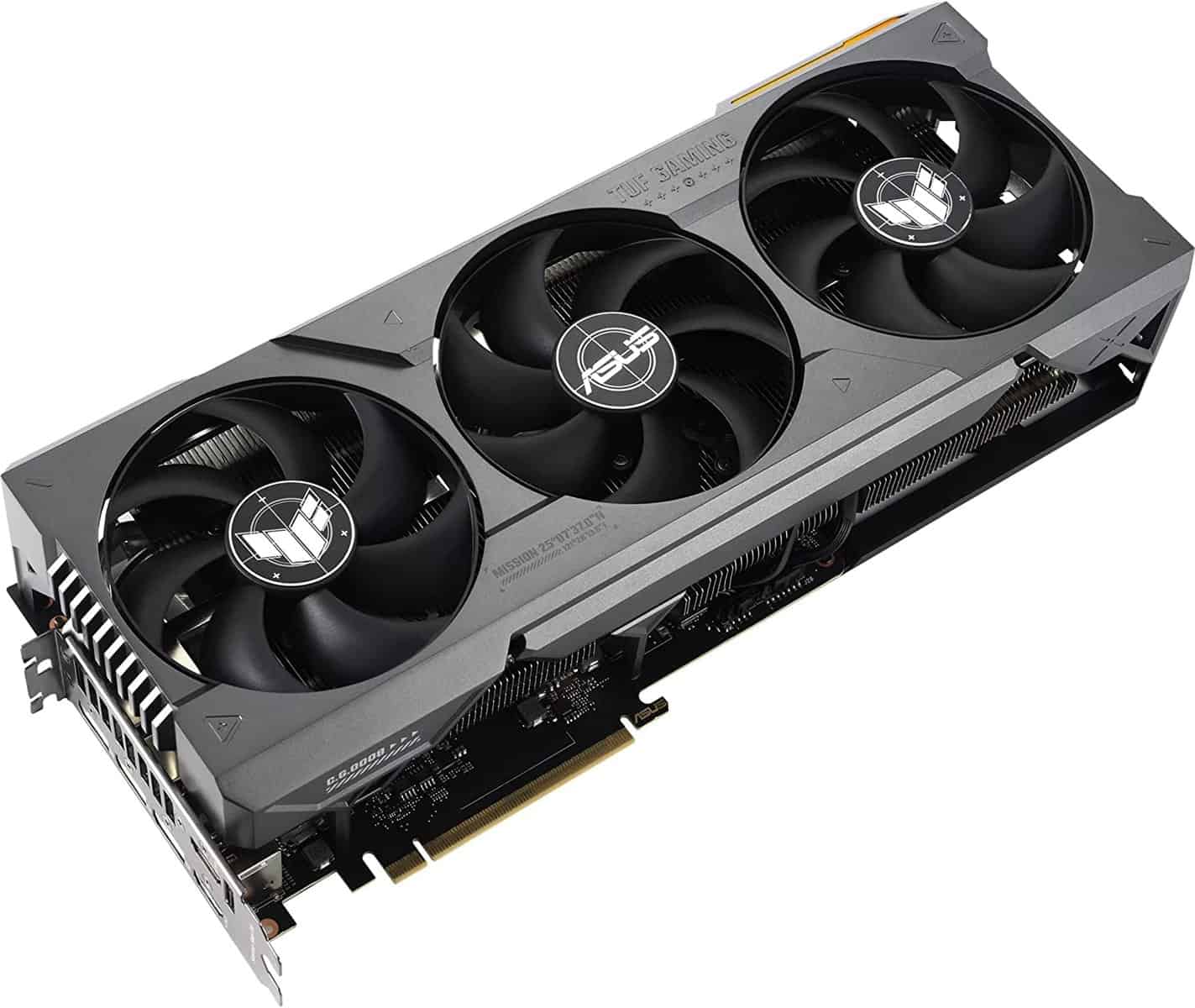
ASUS TUF Gaming GeForce RTX 4080 OC Edition Graphics Card
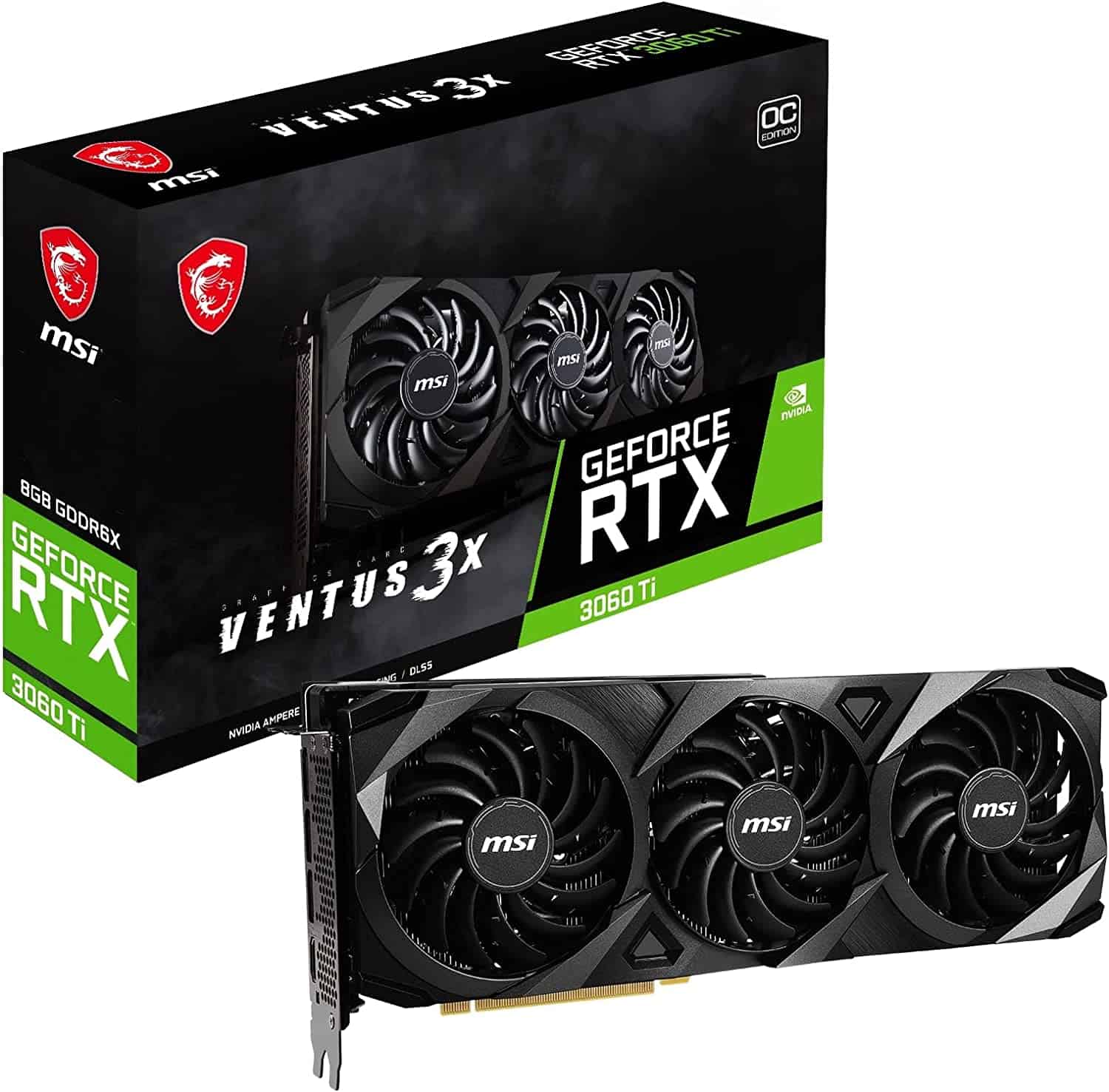
MSI Gaming GeForce RTX 3060 Ti


